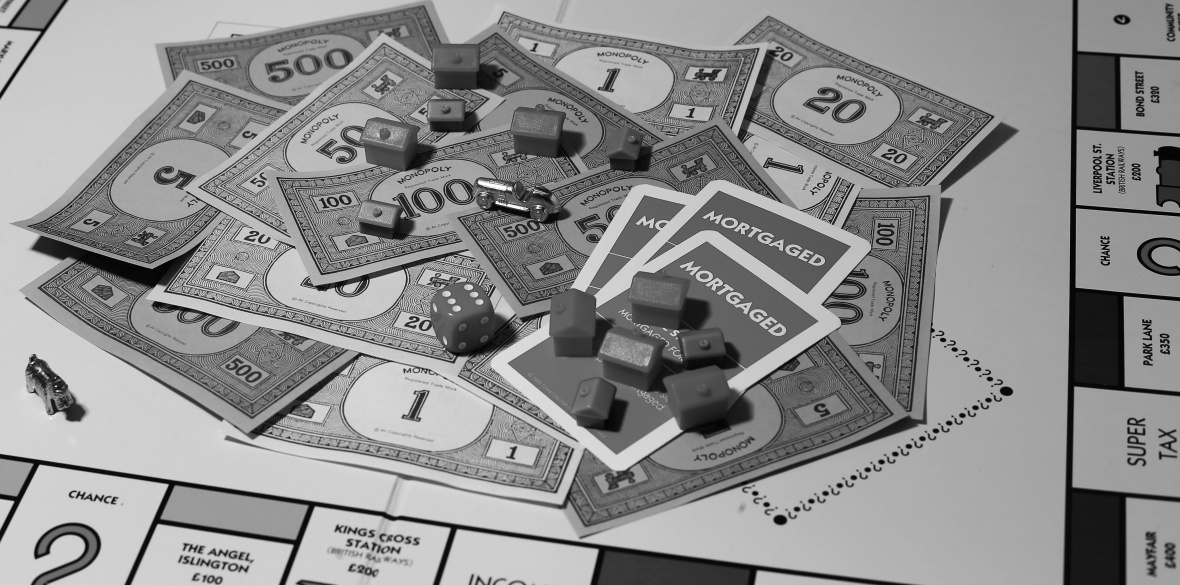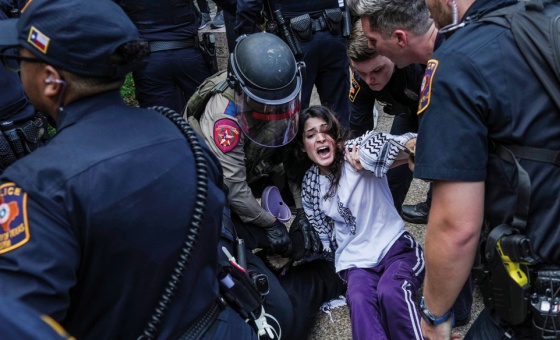This is the last article you can read this month
You can read more article this month
You can read more articles this month
Sorry your limit is up for this month
Reset on:
Please help support the Morning Star by subscribing here
QUACK sociology and shallow political analysis have always sought to confuse and distort the nature of class in Britain.
“Political theorists” rummage through our dustbins to see if we drink Chianti or Carlsberg and grade our lifestyle differences to try to split us into subclasses on the basis of whether we eat sausage and mash or foie gras and fenugreek.
This approach is an essential part of the culture of divide and rule, and reaches artistic levels of subtlety in Britain as reflected in the positioning of food shops — are you Waitrose or Asda? — and the location and pricing of housing.
Marketing gurus specialise in targeting lifestyle fads. But these have nothing to do with class.
The idea of “Middle England” crept in at one point like something out of Lord of the Rings.
It was a device for arguing the at election time Labour had to tone things down a bit to appeal to a mythical kingdom where well-off people thought war, austerity, nuclear bombs, privatised air and running down the NHS were jolly sensible. There was no such place.
The last significant, totally bonkers survey to try to mislead about the nature of class was in 2013 when the BBC commissioned sociologists to come up magically with not the previous consensus of three classes but seven! We were breeding and becoming more divided.
There was the lowly “precariat” at the bottom and the mighty, wealthy and ever so snooty, but cultured elite at the sparkling pinnacle.
Between them, the rest of us are split into five social classes. Don’t laugh, but the “scientific” study that interviewed 161,000 people introduced even more filtering criteria like “social and cultural capital.”
Basically this meant if you liked Puccini more than, say, pork scratchings down the boozer, you were likely to be in a higher class.
They used three criteria which actually have nothing to do with class: economic factors like income, house value, savings; social capital, the number and status of people you know; and cultural capital, apparently meaning the extent and nature of cultural interests people might have.
Snobby criteria, eh? Every Mastermind contestant would, according to such criteria, be bourgeois.
This scheme, which no-one really took seriously, but which was interesting because it indicates how most Establishment class analysis is based, inevitably reduces the significance of the “traditional working class,” which they say is 14 per cent of the population, compared with the Miele-appliance-using, SUV-driving, bistro-bingeing “traditional middle class,” which accounts apparently for 25 per cent of the population. Yeah, right.
But there were new classes on the block in this survey. There’s the uppity “emergent service workers” who are a bit higher than the “precariat” and get above them not because they are necessarily richer, but because they have more “social and cultural capital.”
Presumably they go to more live gigs.
Just a nose ahead of the “traditional working class” are the “new affluent workers” — whoever they are — and above them the “technical middle class” who don’t seem very social or cultural and who are probably lonely computer programmers.
Potty though this is, most who like to consider themselves “left wing” or socialist believe in one version of this class breakdown or another.
They have bought into the idea that secondary factors like income and job status and place of residence determine your class position.
Surely this is all crumbling as an idea now? If we recognise the resonance of the 1 per cent and the 99 per cent reality, there’s no room for dividing up all those in between.
In the old, but ever more relevant terminology, your class position is determined by your relationship to the ownership of the means of production.
Class consciousness is the recognition of this and the unity it creates, as for example when for the first time in a generation the nation claps together in appreciation of our common bonds and the workers — yes, workers — from cleaner to consultant who we rely upon.
Very few people own the means of production. As the current predicament shows, hardly anyone is more than a pay packet away from destitution.
So too with most businesses. Most live precariously and can last frequently less than a month without turnover. Some 40 per cent now say they are likely to go to the wall.
Our mortgages are owned by the banks, our rent might go to shark-faced low-lifes, but even they are in hock to the banks. Businesses are up to their eyes in debt to, er, the banks.
It’s obvious that although there are hierarchies and pay grades in the NHS, all those who work in it have a common purpose and contribution to make.
Don’t tell anyone seriously that a hospital porter with a penchant for Proust, belongs to a different class from the senior clinician living in a canal boat with a predilection for punk rock.
There used to be a quaint idea in the labour movement that there was a middle class.
When you asked people who was in it, a tortuous discussion would follow which revealed that the term was infinitely elastic and could include people because of their accent, attitude, dress sense, or any one of countless other superficial characteristics.
Dismembering an objective, economic account of class into 1,000 fragments serves to divide. It also denies reality.
Progressively over the years more and more groups of workers organised into trade unions — draughtsmen, admin workers, local government staff, bank workers, senior civil servants and so on.
Indeed, there is a very plausible argument to say that three of the very strongest unions in Britain are the Royal College of Nursing, the British Medical Association and the Hospital Consultants and Specialists Association.
The fact that someone earns a higher wage than someone else does not put them into a different class.
Wages reflect the amount of social labour needed to generate a particular skill and, generally speaking, the most skilled have been the most organised in protecting their value.
This virtue goes right back to the formation of the medieval guilds when leading skilled workers such as stonemasons might threaten to disembowel those considering undermining their rates by being less good at the job and desperate for cash.
Some believe they are in politics to do better for “the less well-off.” There’s patronising for you. The image of the working class as somehow just those who live in a certain part of town or who earn less than such-and-such a level of income, or who tend to be in social housing, is the deliberately created, anti-socialist myth designed to undermine the reality of a working class responsible for all production, science, agriculture, technical inventions, caring services, art and anything else useful you might want to think of.
Recognising that there are in fact only two classes in Britain is condemned as simplistic and reductivist.
It’s the opposite. It remains the most liberating and powerful source of unity that we have. This is why it is so consistently challenged by the right and liberal left.
Get used to it. The halos of all hallowed professions have disappeared, there are no intermediary strata left, it’s just us and them.











